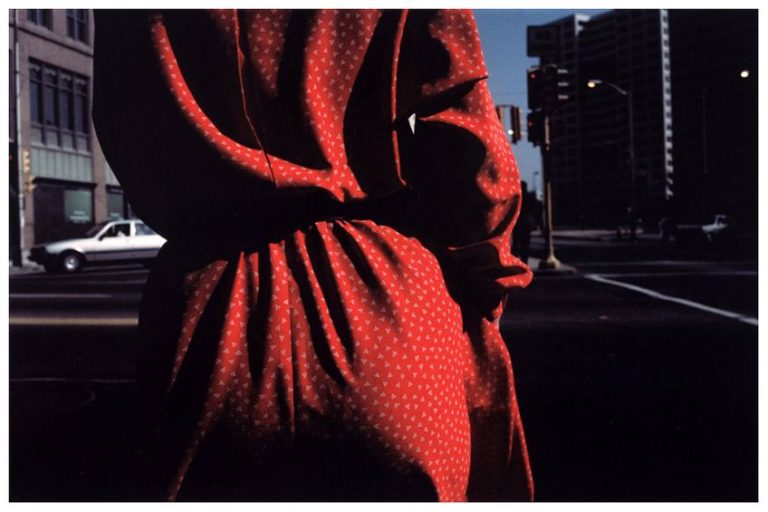History of Photography – Explore the Origin of Photography
When did photography start and who invented photography? These are the questions we will be addressing, as well as exploring the history of photography from the start of photography and all through its development. We will discover the origin of photography, as well as discuss what it has advanced to today.
Table of Contents
An Exploration of the History of Photography
The start of photography occurred almost 200 years ago. From the early days of the camera obscura to today’s high-definition digital photographs, the development of photography has been a rather interesting tale. Let us go on a journey back in time to discover the origin of photography and witness its advancement through the ages.
The Early History of Photography
Exactly when did photography start? Well, that depends on what one considers a photograph. Humans were able to project images onto surfaces before they were able to permanently produce them on paper. Let us start with the pre-photographic techniques that prompted the development of photography.
Pre-Photographic Techniques
There were various techniques that humans utilized to make images before the advent of photography. The employment of a camera obscura, which is a dark box containing a small hole on one side, is the oldest known technique. The outside world’s imagery is reflected upside down onto a surface within the box. The camera obscura was used by artists to produce realistic renderings of the outside world. Lenses, mirrors, and the camera lucida were among the other techniques used during this early pre-photographic era. A camera lucida is a pre-photographic optical instrument used to help artists in sketching from life. A prism or mirror fixed on a stand reflects an image of an object onto a canvas positioned beneath it. An artist would then sit at a table with the camera lucida in front of them and peer through the prism at the subject they wanted to sketch.
They would see a representation of the subject overlaid on their drawing surface when they gazed down at the canvas. They could then produce an exact depiction of the subject by tracing the image.
The Invention of the Camera Obscura
In the fourth century BCE, Mozi, the ancient Chinese philosopher described the camera obscura for the first time. In the 11th century CE, the Arab philosopher Ibn al-Haytham expanded on the idea. Girolamo Cardano, an Italian scientist, theorized about using a lens to focus an object in the 16th century, while Johannes Kepler employed a portable camera obscura to watch a solar eclipse in the 17th century. In 1826, Joseph Nicéphore Niépce captured the first permanent image.

The Very First Permanent Photo
Niépce employed a camera obscura to capture the scene from his window onto a pewter plate covered with Bitumen of Judea, a light-sensitive asphalt. After many hours of exposure to light, the Bitumen of Judea that had not been hardened by the light was erased with a solvent, producing a permanent picture. This technique was dubbed heliography by Niépce, which means “sun drawing.” The image he made, titled “View from the Window at Le Gras,” is regarded as the first permanent photograph in the world.
The photo depicts the scene from his window in Burgundy, France, and took around eight hours of constant sun exposure to produce.
The Daguerreotype Era
The next major breakthrough in the development of photography was the Daguerreotype. A daguerreotype is a type of early photograph created in 1839 by Louis Daguerre. It was the very first commercially viable photographic technique, and it changed the way people took pictures of themselves and their surroundings. To develop the daguerreotype technique, Daguerre collaborated closely with Joseph Nicéphore Niepce. Daguerre proceeded to develop and perfect the technique after Niepce’s death.

The Contributions of Louis Daguerra to the Development of Photography
Daguerre is most renowned for his daguerreotypes, a technique for producing extremely detailed, one-of-a-kind pictures on polished silver-plated copper plates. Daguerre collaborated with optician Charles Chevalier to create high-quality lenses required for creating sharp, clear photographs. These lenses were important in the history of photography because they enabled photographers to record more detail and produce more realistic photographs. Daguerre also experimented with exposure durations and realized that increasing the quantity of light utilized allowed him to minimize the time necessary to obtain a clear image.
This contributed to photography being more practical and available to a broader audience.
Characteristics of the Daguerreotype
Daguerreotypes are renowned for their remarkable detail and clarity, as well as their distinct tonal range. They have a characteristic silvery look that differs from later photography processes, which typically have a more sepia-toned appearance. Daguerreotypes are also one-of-a-kind photographs that, unlike subsequent photography techniques, cannot be duplicated or printed many times. It is a one-of-a-kind image created on a highly polished silvered copper plate covered with a thin layer of light-sensitive material. There are multiple stages to the process.
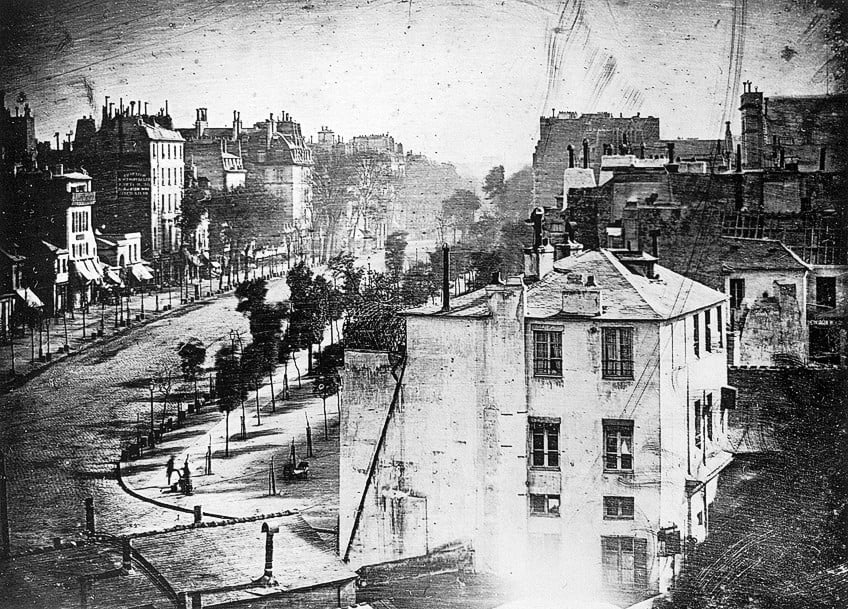
The plate is first cleaned and polished until it reflects perfectly. After that, the plate is sensitized by being exposed to iodine vapors, which generate a coating of light-sensitive silver iodide on the plate’s surface. The plate is then exposed to the subject after being placed in a camera. Depending on the accessible light and the sensitivity of the plate, the exposure period might range from a few seconds to many minutes. Exposure to mercury vapors causes the exposed silver iodide to produce a visible image on the plate. The image is then permanently fixed using a sodium thiosulfate solution to prevent additional discoloration.
Popularity of Daguerreotypes
The distinctiveness and quality of daguerreotypes contributed to their appeal to the general public. Each daguerreotype was unique, and the amount of detail and clarity it provided was exceptional at the time. This made them extremely desirable for those who were able to afford them, and they were regularly used for portraiture. The daguerreotype also democratized photography by enabling a larger number of individuals to have their photographs documented. Prior to the advent of the daguerreotype, the primary method of making likenesses was portrait painting, which was a time-consuming and expensive process that was mostly reserved for the rich. As daguerreotypes became more popular, so did the number of studios and photographers who provided the service. By the mid-19th century, it is believed that there were over 70,000 daguerreotype studios in operation in the United States alone.
Nevertheless, when other photographic techniques were developed in the 1850s, daguerreotypes’ popularity began to diminish. These new techniques were less expensive and quicker to implement, and they could be used to generate many copies of the same photograph.
The Calotype Era
The next process we will explore in the history of photography is the calotype. Calotype is a photographic process that was invented by William Henry Fox Talbot in 1841. It is an early form of photography that uses a paper negative to create multiple positive prints.
The Contributions of William Henry Fox Talbot
William Henry Fox Talbot was a renowned English inventor, scientist, and photographer pioneer. His contributions to the advancement of photography were numerous, and his work established the groundwork for many of the techniques and technologies that are still in use today. Talbot invented a number of additional photographic processes and technologies, such as the use of waxed paper negatives for “photogenic sketching” and the use of albumen paper for printing images, which became a common procedure in the late 19th century. Talbot was an influential thinker and writer on photography, in addition to his technical accomplishments. He wrote numerous books on the subject, the first of which was The Pencil of Nature (1844), which was illustrated with photos.

Characteristics of the Calotype
The development of the calotype technique in 1841, which was a huge breakthrough in the area of photography, was perhaps Talbot’s most significant contribution. Unlike the older daguerreotype method, which created a single positive picture on a polished silver plate, the calotype procedure created a negative image on a sheet of silver iodide-coated paper. This enabled the production of many copies of the same image, which was a significant benefit for the distribution of photographic images. Calotypes created a paper negative from which many prints could be produced, making them a significant forerunner to modern photography. Calotypes were distinguished by a soft, somewhat blurred quality and a spectrum of gray tones. The image was made up of microscopic silver particles that were subjected to light before being processed and fixed onto paper.
The resultant image had a little grainy texture and lacked the fine detail of subsequent photography processes, but it had a distinctive and artistic aspect that many photographers at the time liked.
Popularity of Calotypes
Throughout the mid-19th century, calotypes were a popular photographic method, notably in the United States and Europe. They were popular among amateur and professional photographers alike, and they were appreciated for their capacity to generate many prints from a single negative. Calotypes, on the other hand, had several drawbacks that kept them from becoming the dominant photography method of the period. One of the key disadvantages was that they created a little blurry image with less clarity than other methods. As a result, they were less ideal for some forms of photography, such as portraits, which need a high level of clarity and sharpness. Furthermore, calotypes were more challenging to produce than other photographic techniques, such as daguerreotypes, which could easily produce extremely detailed and clear images. Despite these restrictions, calotypes were a popular photography technique for several decades and are still valued today for their distinct aesthetic features.
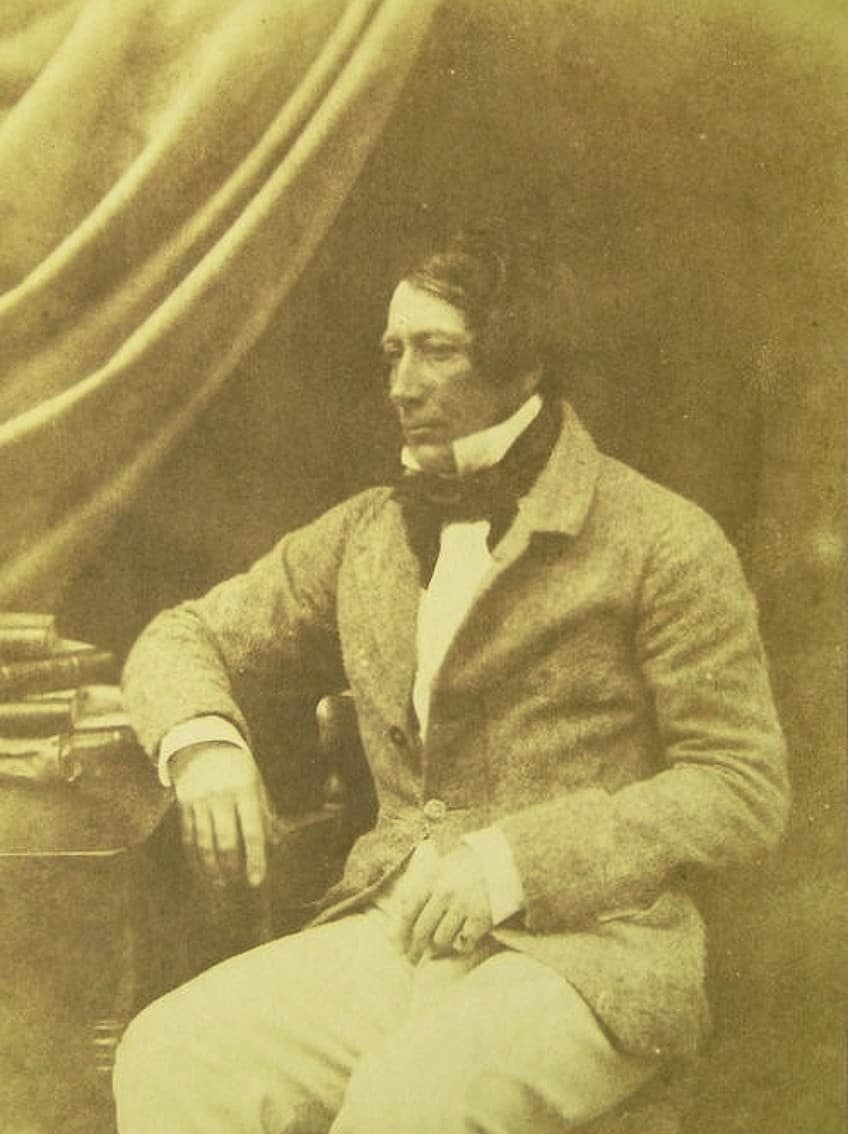
The Wet Plate Collodion Era
The next development of photography we shall be looking at is the wet plate collodion technique. Developed by Frederick Scott Archer, wet plate collodion was a popular photographic method in the mid-19th century, before the introduction of the dry plate and film-based photography. A photographic negative is produced on a glass plate covered with a light-sensitive combination of silver nitrate, collodion, and other chemicals.
The Contributions of Frederick Scott Archer
Archer was renowned for his contributions to the development of photography. In 1851, he devised the wet plate collodion technique, which allowed photographers to generate high-quality pictures on glass plates that were far more sensitive to light than the preceding daguerreotype methodology. This enabled the creation of bigger and more detailed photographs that could be employed for a broader range of purposes, ranging from portraits to scientific documentation. Archer’s technique immediately overtook the daguerreotype technique as the primary photographic technology.
Archer was a productive photographer in his own right, capturing portraits, landscapes, and other photographs using the wet plate collodion method, in addition to his contributions to the photography process. His work also contributed to the acceptance of photography as a valid art form.
The Characteristics of Wet Plate Collodion Photographs
Wet plate collodion photography enabled photographers to generate detailed and clear images on a variety of materials, including metal and glass. The procedure was frequently utilized for portraits, landscape photography, and scientific imaging, and it was crucial in the development of photography as an art form. The technique consists of numerous phases that must be completed while the plate is still wet. The glass plate is first covered with collodion, which is a gooey solution of nitrocellulose and ether. The plate is then sensitized by submerging it in a silver nitrate solution, which generates light-sensitive silver salts on the collodion’s surface. The wet plate is then inserted into a camera, illuminated with light, and developed. The developer is an acetic acid and iron salt solution that converts the silver salts to metallic silver, resulting in a negative picture on the glass plate. Lastly, the plate is stabilized with a potassium cyanide solution or other chemicals to inhibit further development.

The Popularity of the Wet Plate Collodion Technique
Throughout the mid-19th century, wet plate collodion photography was extremely popular, notably in the United States and Europe. The technique provided more depth and clarity than the preceding daguerreotype process and was widely utilized for landscape photography, portraits, and scientific documentation. The method necessitated the creation of a portable darkroom on location, allowing photographers to take their gear out into the field to shoot landscapes and other settings in ways that were previously impossible. Yet, there were several drawbacks to the wet plate collodion technique that kept it from developing into the dominant photography technology of the period. One of the major disadvantages was that the photographer had to transport a huge quantity of equipment, such as glass plates, chemicals, and a portable darkroom.
It was also a time-consuming technique that demanded a high level of competency to create consistent results. Several photographers still use the method today because they value its distinct aesthetic characteristics and historical relevance.
The Dry Plate Method
Next, we shall look at the dry plate method. The dry plate technique was invented during the latter 19th century and was extensively used until the arrival of film in the early 20th century. Instead of a wet collodion plate, a glass plate covered with a dry emulsion of light-sensitive silver salts is utilized in this process.
The Contributions of Richard Maddox
Richard Maddox was an English photographer and physician who contributed significantly to the advancement of photography. In the 1870s, he invented the gelatin dry-plate method, which revolutionized photography and led to the ubiquitous use of photographic plates in the final years of the 19th century. The gelatin dry-plate technique did away with the necessity for a darkroom immediately, allowing photographers to expose and save plates for subsequent development. A glass plate was coated with gelatin and a light-sensitive silver salt combination, which was then dried and kept until needed.
Maddox’s innovation had a significant influence on the development of photography, making photographing simpler and more pleasant for photographers. It also prepared the door for other photographic techniques, such as film, to emerge. Maddox was a well-respected physician who made substantial contributions to the area of medicine in addition to his achievements in photography. He was a member of the Royal Society and received the Rumford Medal in 1875 for his contributions to photography.
The Characteristics of the Dry Plate Method
The dry plate approach outperformed the wet collodion method in terms of shelf life, convenience, and sensitivity. Photographers could expose the plates and afterward process them later with dry plates, as opposed to needing to develop them right away with wet collodion. A photographer would load a dry plate onto a plate holder, which was then fitted into the camera, to employ the dry plate technique. Following exposure, the plate was processed using a developer and fixer solution, which pulled out the latent image and made it permanent.
The dry plate process was used regularly by photographers for more than 30 years and had an important role in the history of photography. Photographers were able to capture more details and produce sharper photos using dry plates compared with prior photography techniques such as wet plate collodion.
They also enabled a larger tonal range, allowing images to catch more delicate gradations of light and shadow. Dry plates also created images with higher contrast, making them more aesthetically appealing and dramatic. Because of the sensitivity of dry plates, a wider depth of field was possible, which meant that more of the scene could be in focus. Dry plates were far more portable and practical than earlier photography processes, allowing photographers to work in a variety of settings and lighting circumstances.
The Popularity of the Dry Plate Method
Dry plate photography was prominent in the late 19th and early 20th centuries before being mostly superseded by innovative technologies such as roll film and digital photography. The dry plate method improved on the previous wet plate collodion process by allowing photographers to utilize a pre-coated, dry plate that was more efficient and less messy to deal with. A glass plate was covered with a coating of light-sensitive silver salts and then dried before use in the dry plate technique. The plate may be exposed in a camera and then developed using different chemicals to create a negative picture. This negative could then be printed on light-sensitive paper.
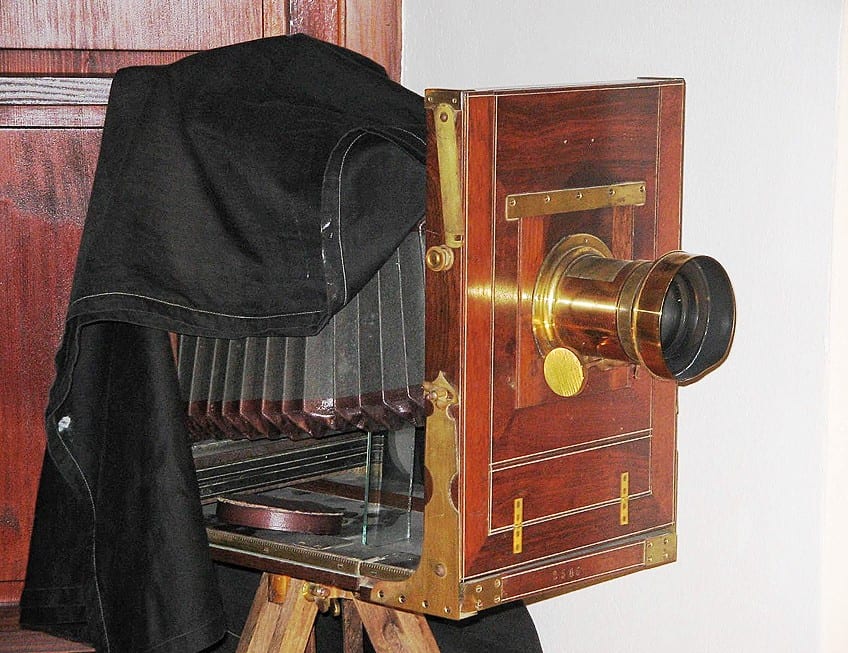
The Photographic Film Era
During this era, photographers employed a range of film types to take photos throughout this time period, including black & white, color, and slide film. The film would next be developed in a darkroom using chemicals to create a physical print of the captured image. This technique demanded a high level of technical ability and understanding, and photographers frequently spent years honing their trade.
Despite the rise of digital photography, many photographers still prefer using film for its distinct visual features as well as the tactile sensation of working with tangible materials.
The Contributions of George Eastman
George Eastman founded the Eastman Kodak Corporation, which grew to become one of the world’s largest and most profitable film businesses. Among Eastman’s most important achievements in photography was the invention of the first flexible, transparent film. Eastman developed a cellulose nitrate film in 1884 that was flexible, translucent, and could be covered with a light-sensitive emulsion. This innovation transformed photography by allowing several photos to be taken without the need for heavy and large photographic plates. Eastman invented the Kodak camera in 1888, a tiny and lightweight box camera that was easy for consumers to operate and inexpensive to the general public. When the film in the camera was finished, the complete camera was returned to the factory for film development and reloading. Eastman Kodak Corporation launched Kodachrome, the first commercially viable color film, in 1935. The film utilized a complicated chemical process to generate brilliant and realistic colors in images, and it soon gained popularity among both the general population and professional photographers.

The Characteristics of Film Photography
Photographers were capable of capturing photographs in reduced light situations and freeze motion more efficiently with the invention of quicker films. Roll film also made cameras more portable, allowing photographers to carry their cameras outside of the lab and capture photos in more locales. Each roll of film has a set number of photos, usually between 24 and 36 shots. This means that photographers must be more deliberate with their photographs and consider what they want to shoot more carefully. Film photography is noted for its vibrant colors and textures, which can often be difficult to achieve with digital photography. Each type of film has its own distinct qualities that can result in a wide range of effects and atmospheres in the final image.
Film photography, as opposed to digital photography, involves the physical development of the film to produce the finished photograph. This technique can be time-consuming and necessitates the use of specialist equipment and chemicals.
The Popularity of Film Photography
Film photography has seen a rebirth in popularity in recent years, especially with younger generations drawn to its distinct visual and tactile nature. While digital photography has become the standard in many fields, there is still a large community of film lovers who like the challenges and benefits of shooting photographs with film. The need for a more purposeful and intentional approach to photography is one explanation for the revived interest in film photography.
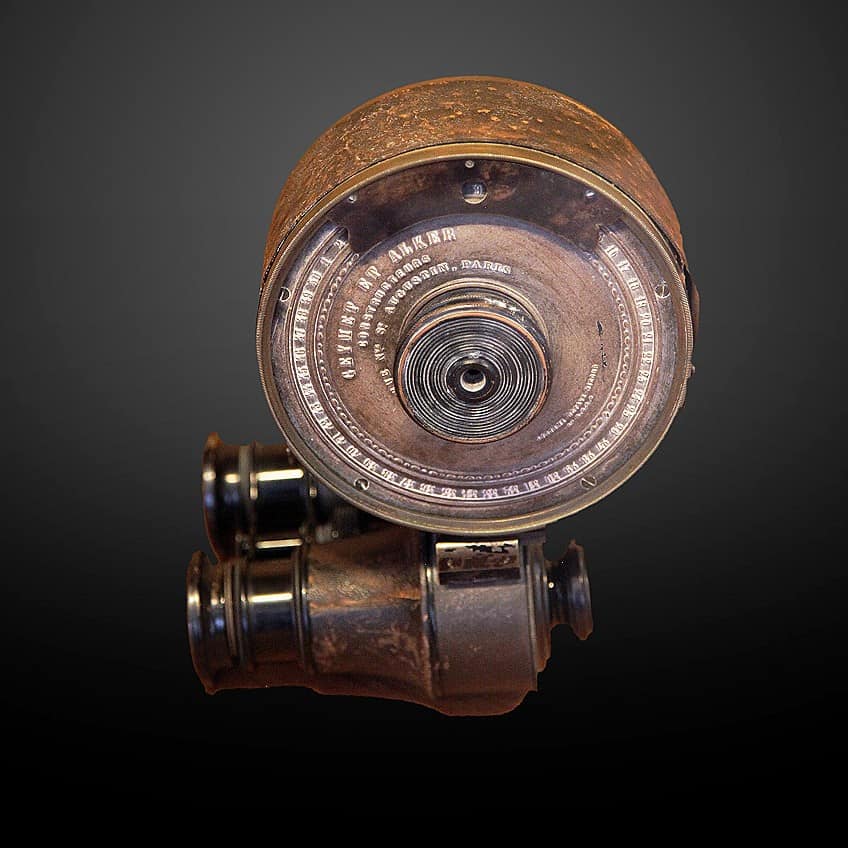
Photographers using film must be more deliberate about each picture since they have a finite number of exposures and cannot instantly assess and change their photographs. Furthermore, the chemical process of developing film can generate surprising and aesthetic effects that computer processing cannot imitate. Another potential aspect contributing to the popularity of film photography is the affordable availability of old and secondhand cameras and lenses, which allows hobbyists to try out a diverse range of equipment and film stocks.
The Digital Era of Photography
Finally, we come to the modern era of photography – the digital era. Nowadays, we all walk around with high-quality cameras in our pockets at all times with a seemingly infinite amount of space to store them on – as well as edit them with. We have certainly come a long way since the heliograph! Let us explore this most recent development of photography.
The Initial Introduction of Digital Photography
Eugene F. Lally of NASA’s Jet Propulsion Laboratory pioneered digital photography in 1961 by attempting to convert light signals so that astronauts could take clearer photos and so better determine their position in space. At the time, and for many decades after, photography was produced on film, which was an efficient technique but did not provide the rapid results that Lally desired. Sadly for Lally, the first filmless camera would not be produced for another 15 years, but his early observations aided in its development, notably the concept of employing photo sensors instead of film to collect photos. There were a number of further improvements in digital photography in the years that followed, but before the introduction of the digital camera, many of which were also directly tied to advancing space photography.
The history of digital photography cannot thus be traced back to a single year or development. Instead, digital pictures are the result of many specialists working over many years toward common goals.
The Characteristics of Digital Photography
The inherent immediacy of digital photography is unrivaled by film. In most circumstances, you just aim your camera and click to capture a photograph. There is no need to wait until all of the films are used up, and no time-consuming processing is required. As opposed to film, having your image in digital format provides you much more possibilities for what you can do with it. Film photography can prove to be an expensive business since you must continuously purchase new film rolls and pay to have your photographs processed.

Digital photography does not incur any of these costs (save for the cost of your digital device and maybe the cost of ink and picture paper if you wish to print any photographs at home), therefore it is far less expensive in the long run. Rather than being constrained by film rolls, digital devices provide massive storage capacities. Memory cards typically have the capacity to contain thousands of photographs and can be readily replaced if you need additional capacity. Also, photos can be moved to a computer hard disk or another storage device on a regular basis to free up space.
The Popularity of Digital Photography
Even casual observers are aware that digital photography has taken the globe by storm and is now the preferred choice for practically all professional photographers. The benefits of digital photography over film photography are astounding. The days of paying for pricey film cameras, multiple types of film for varied conditions, and expert film processing are long gone. Yet, the popularity is important: Professional photography is becoming more competitive as a result of the increased accessibility provided by digital photography. Serious photographers must educate themselves and understand how to differentiate themselves, thus resulting in ever-improving photographic techniques and styles.
That wraps up this article on the history of photography. From the origin of photography as a box with a hole to the most technically advanced devices currently available, the development of photography has been a long and colorful ride. With the rise of the digital age, we are witnessing the start of photography’s next phase of evolution.
Frequently Asked Questions
When Did Photography Start?
There is no definitive moment that photography was invented. The idea had been actually around for many centuries and developed over the ages as technology progressed. Mozi, an ancient Chinese philosopher, described the camera obscura for the first time in the fourth century BCE. The Arab philosopher Ibn al-Haytham expounded on the concept in the 11th century CE. In the 16th century, an Italian scientist named Girolamo Cardano proposed employing a lens to focus an item.
Who Invented Photography?
Nicéphore Niépce, a French pioneer, created photography as we know it in 1822. Niépce is widely acknowledged as the father of photography. Niépce’s early lithographs employed bitumen of Judea, silver plates, and lavender oil to produce a rudimentary image which was known as heliographing. Niépce established a commercial relationship with French artist and inventor Louis Daguerre in 1829. Daguerre had been working on his own innovation, the Daguerreotype, and they both sought ways of using chemistry and light to produce permanent images.
Jordan Anthony is a film photographer, curator, and arts writer based in Cape Town, South Africa. Anthony schooled in Durban and graduated from the University of the Witwatersrand, Johannesburg, with a Bachelor of Art in Fine Arts. During her studies, she explored additional electives in archaeology and psychology, while focusing on themes such as healing, identity, dreams, and intuitive creation in her Contemporary art practice. She has since worked and collaborated with various professionals in the local art industry, including the KZNSA Gallery in Durban (with Strauss & Co.), Turbine Art Fair (via overheard in the gallery), and the Wits Art Museum.
Anthony’s interests include subjects and themes related to philosophy, memory, and esotericism. Her personal photography archive traces her exploration of film through abstract manipulations of color, portraiture, candid photography, and urban landscapes. Her favorite art movements include Surrealism and Fluxus, as well as art produced by ancient civilizations. Anthony’s earliest encounters with art began in childhood with a book on Salvador Dalí and imagery from old recipe books, medical books, and religious literature. She also enjoys the allure of found objects, brown noise, and constellations.
Learn more about Jordan Anthony and the Art in Context Team.
Cite this Article
Jordan, Anthony, “History of Photography – Explore the Origin of Photography.” Art in Context. June 12, 2023. URL: https://artincontext.org/history-of-photography/
Anthony, J. (2023, 12 June). History of Photography – Explore the Origin of Photography. Art in Context. https://artincontext.org/history-of-photography/
Anthony, Jordan. “History of Photography – Explore the Origin of Photography.” Art in Context, June 12, 2023. https://artincontext.org/history-of-photography/.









